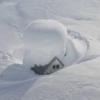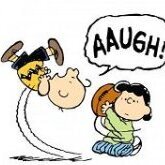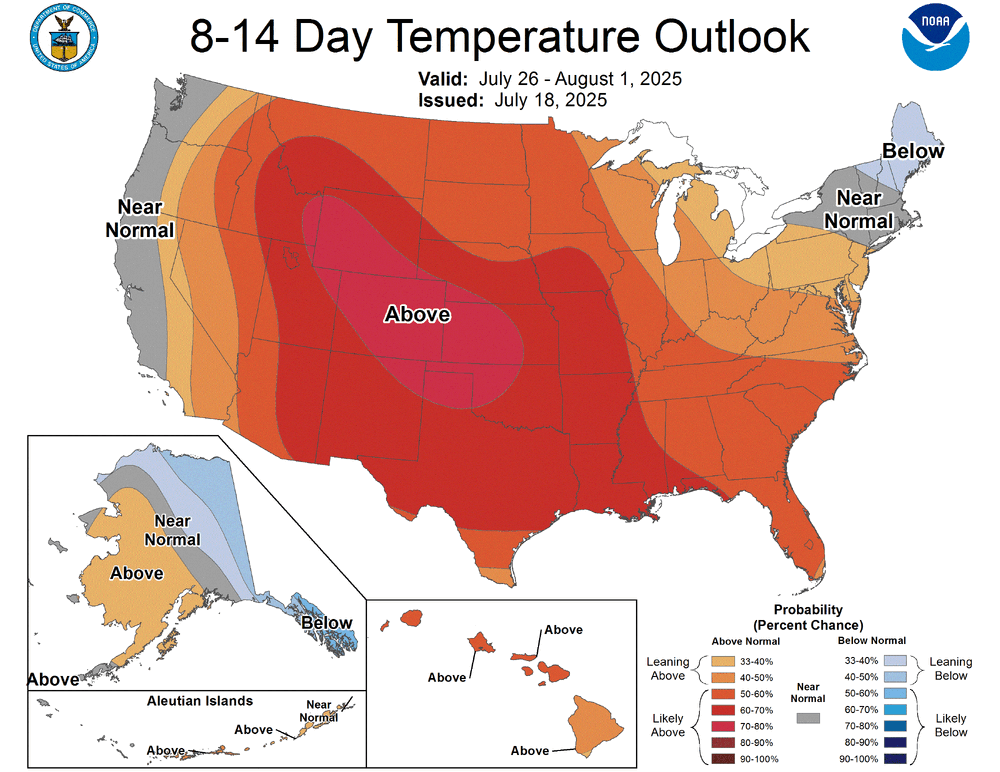All Activity
- Past hour
-

July 2025 Obs/Disco ... possible historic month for heat
ineedsnow replied to Typhoon Tip's topic in New England
yes I have you just don't notice it because you see hot and humid and don't think twice.. -

July 2025 Obs/Disco ... possible historic month for heat
kdxken replied to Typhoon Tip's topic in New England
Yep, it's par for the course these days. Doesn't get real hot and doesn't get real cold because of all the moisture in the air. -

July 2025 Obs/Disco ... possible historic month for heat
Damage In Tolland replied to Typhoon Tip's topic in New England
You’ve never once made a post like” damn the next couple days or weeks look hot and humid” Or “ there’s just no normal or BN in sight “ It’s always that an op run shows purple colors -

July 2025 Obs/Disco ... possible historic month for heat
ineedsnow replied to Typhoon Tip's topic in New England
I already did and I've said back in this thread it looks around average with some hot humid days and some cooler days.. -
.thumb.png.4150b06c63a21f61052e47a612bf1818.png)
July 2025 Obs/Disco ... possible historic month for heat
HIPPYVALLEY replied to Typhoon Tip's topic in New England
My area would’ve had several heat waves by now if it hadn’t been for the constant clouds. No rain of course, just clouds. -

July 2025 Obs/Disco ... possible historic month for heat
powderfreak replied to Typhoon Tip's topic in New England
Do you find you run better in drier air? I hike after work on days I don’t lift, and I find I can shave time off the route fairly significantly on days like today. Like a usual 46-48 minute up and 34 minute down in the heat and humidity (roughly 4-5pm)… turned into 41 minutes up and 30 minutes down today. I was wondering today if folks like you see an uptick in aerobic speed in this weather. Though you hit it early AM. -

July 2025 Obs/Disco ... possible historic month for heat
Damage In Tolland replied to Typhoon Tip's topic in New England
Why do you assume that is right? Why not look deeper? -

July 2025 Obs/Disco ... possible historic month for heat
ineedsnow replied to Typhoon Tip's topic in New England
once again wrong.. I've said plenty of times I look at everything.. I've never seen you post anything except Twitter maps and tweets -

July 2025 Obs/Disco ... possible historic month for heat
ineedsnow replied to Typhoon Tip's topic in New England
-

July 2025 Obs/Disco ... possible historic month for heat
Damage In Tolland replied to Typhoon Tip's topic in New England
Your problem all stems from looking at and basing your ideas on op runs . That’s why you missed the Wednesday and beyond furnace and high dews next week -

July 2025 Obs/Disco ... possible historic month for heat
Damage In Tolland replied to Typhoon Tip's topic in New England
What are you basing that on? Do you have stats? Where do ORH , BTV, BDL stand now ? -

July 2025 Obs/Disco ... possible historic month for heat
ineedsnow replied to Typhoon Tip's topic in New England
because it doesn't... Why cant you just admit your going to be wrong about the hottest Summer ever? I admit when I'm wrong.. you try to spin it -

July 2025 Obs/Disco ... possible historic month for heat
Damage In Tolland replied to Typhoon Tip's topic in New England
Serious question here. Why is it so difficult for you to admit the pattern the next month and a half looks mainly hit and humid? Or even the next 14-21 days? Everything points to and ensembles show a ton of high humidity and a warm to hot pattern. Why can’t you just say. “ damn it is going to be hot and humid overall the next month to month and a half” . Obviously it’s not what you want.. but why can’t you be realistic? I mean in the winter.. I want snow and cold , but I don’t look at a mild pattern modeled and say it’s going to be heavy snow and cold -

July 2025 Obs/Disco ... possible historic month for heat
ineedsnow replied to Typhoon Tip's topic in New England
Lol I did.. it's tough to get to get a top 10 July when you have below normal days.. and this summer won't be top 10 -

July 2025 Obs/Disco ... possible historic month for heat
powderfreak replied to Typhoon Tip's topic in New England
Yeah better… but BOS is as relevant to ineedsnow as ALB is. -

July 2025 Obs/Disco ... possible historic month for heat
kdxken replied to Typhoon Tip's topic in New England
What the hell went on in 1983 that they had 30 days of 90° or better? Maybe somebody can wake Will from this hibernation. -

July 2025 Obs/Disco ... possible historic month for heat
kdxken replied to Typhoon Tip's topic in New England
Worcester and Providence too? Like where people live? -

July 2025 Obs/Disco ... possible historic month for heat
kdxken replied to Typhoon Tip's topic in New England
I'd say Burlington Vermont. -

July 2025 Obs/Disco ... possible historic month for heat
kdxken replied to Typhoon Tip's topic in New England
You've spoiled like skunked beer. -

July 2025 Obs/Disco ... possible historic month for heat
powderfreak replied to Typhoon Tip's topic in New England
You really don’t need the whole month to be hot. You just need mild nights. BOS is probably the most irrelevant station around, literally on the water, with onshore flow giving some below normal days… and it’s STILL at #10 so far. The interior sites are running higher. -

July 2025 Obs/Disco ... possible historic month for heat
kdxken replied to Typhoon Tip's topic in New England
Oh I thought you meant July. Top 10 for the entire Summer is a long way off. -

July 2025 Obs/Disco ... possible historic month for heat
dryslot replied to Typhoon Tip's topic in New England
Hitting the big pond next Saturday with a bunch of friends on the tritoon, That’s when the 80’s work out, Right now the extended looks like it will cooperate but it’s a Saturday and this year -

July 2025 Obs/Disco ... possible historic month for heat
ineedsnow replied to Typhoon Tip's topic in New England
Ya highly doubt it.. you really need the whole month to be hot without any days cooler than normal -

July 2025 Obs/Disco ... possible historic month for heat
kdxken replied to Typhoon Tip's topic in New England
Don't disagree. -

July 2025 Obs/Disco ... possible historic month for heat
CoastalWx replied to Typhoon Tip's topic in New England
I used to be like that. Hating the heat etc. I’ve matured like a fine wine.




